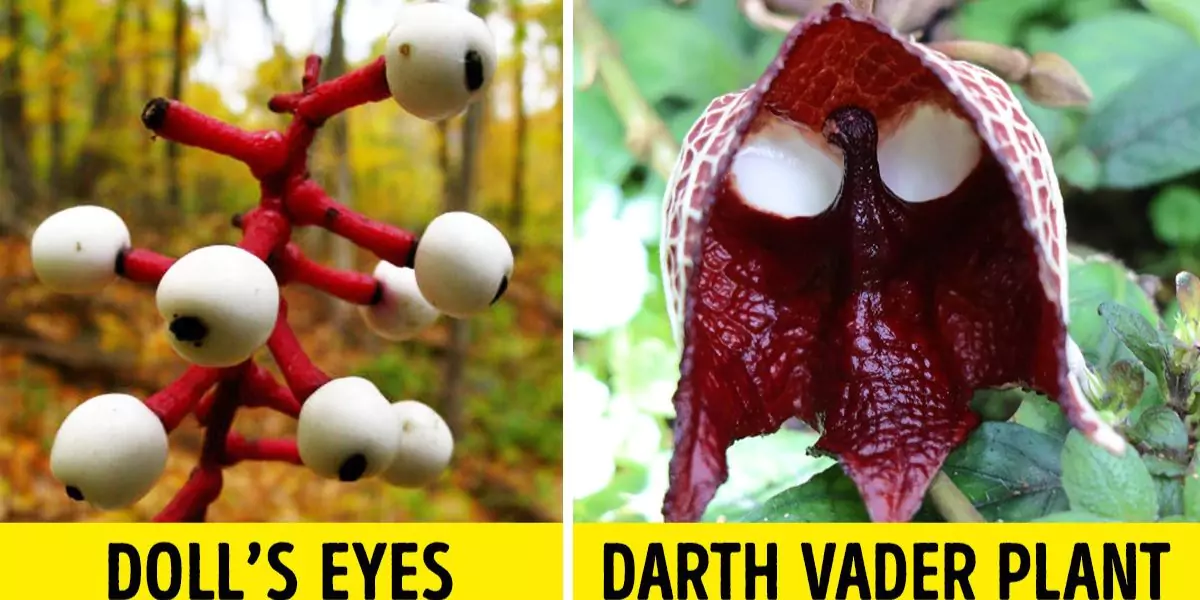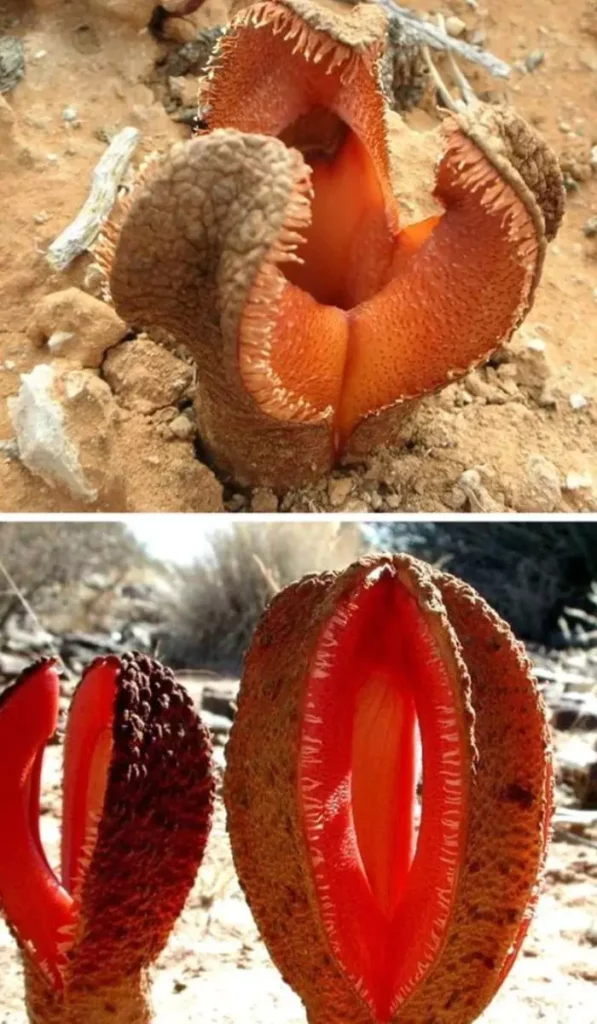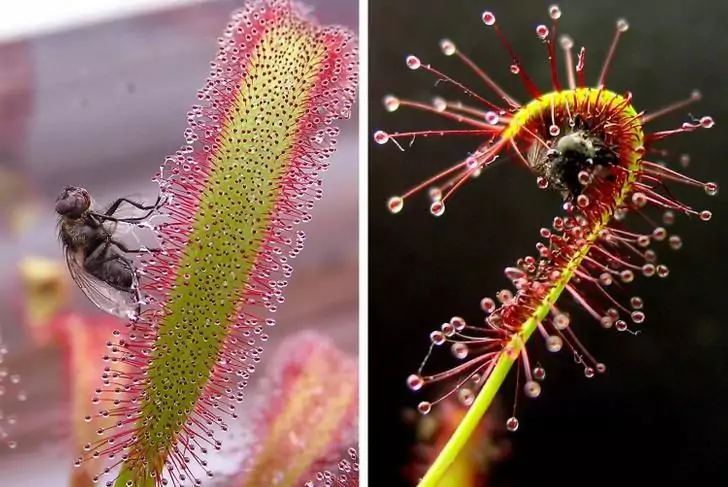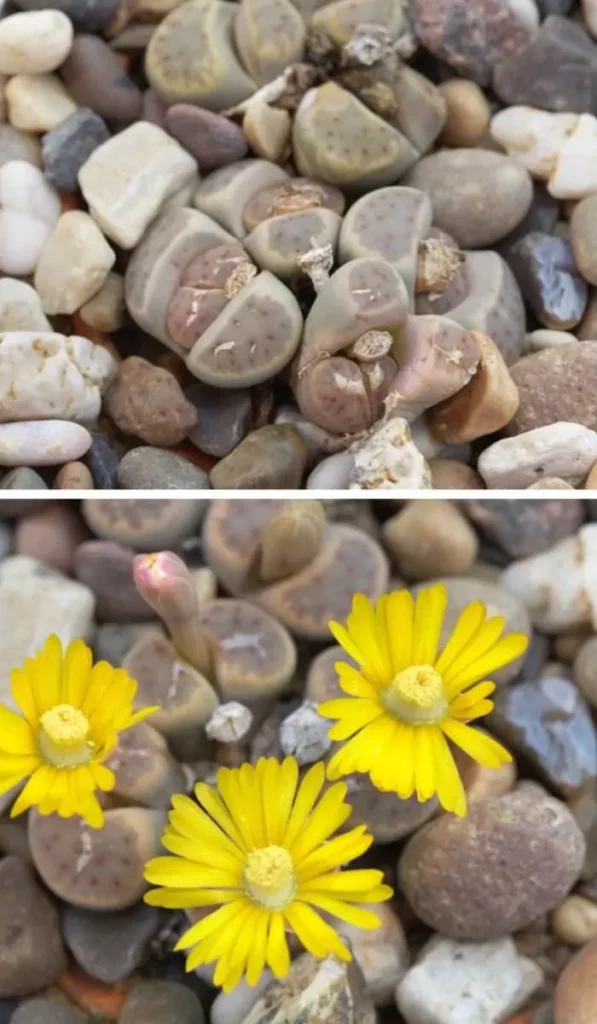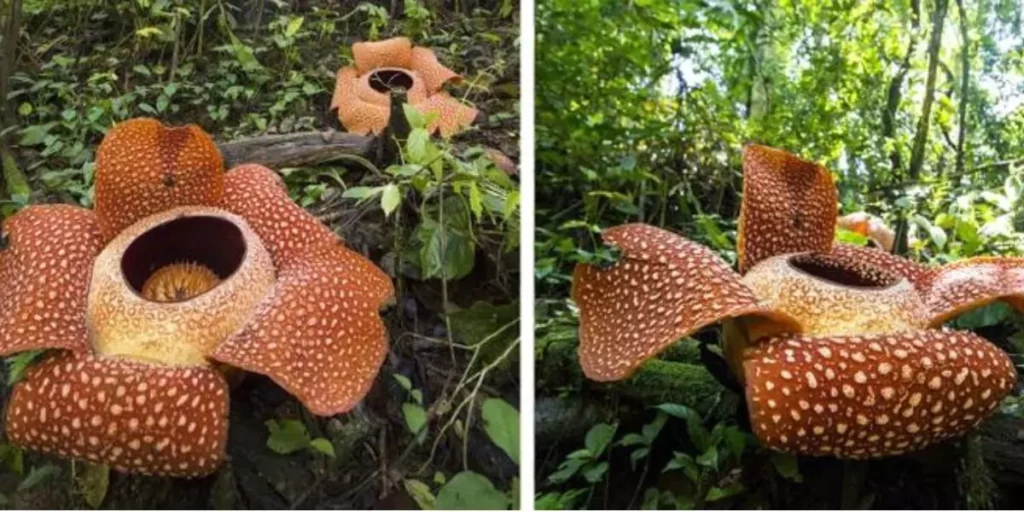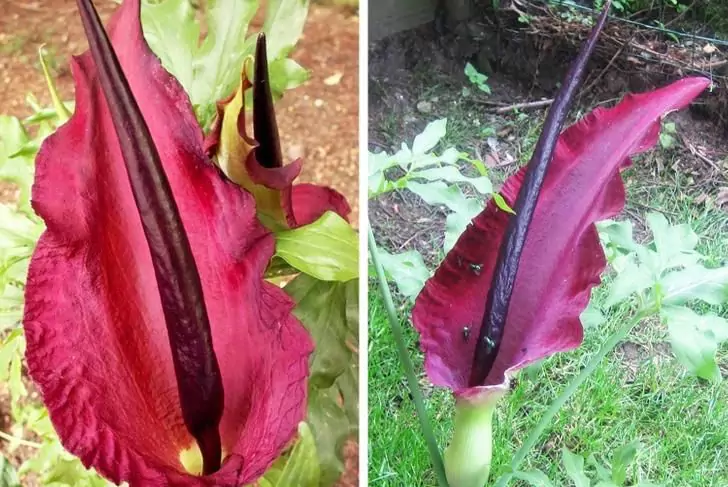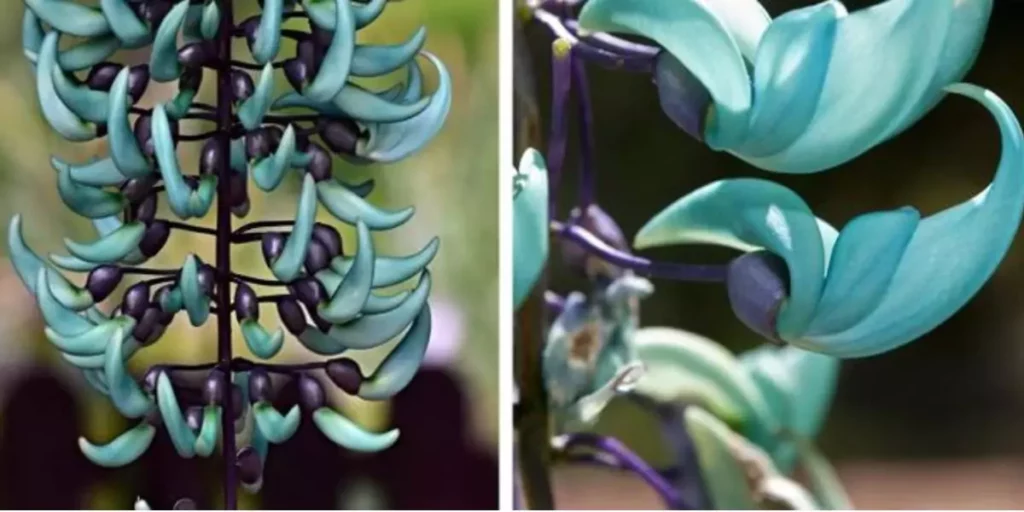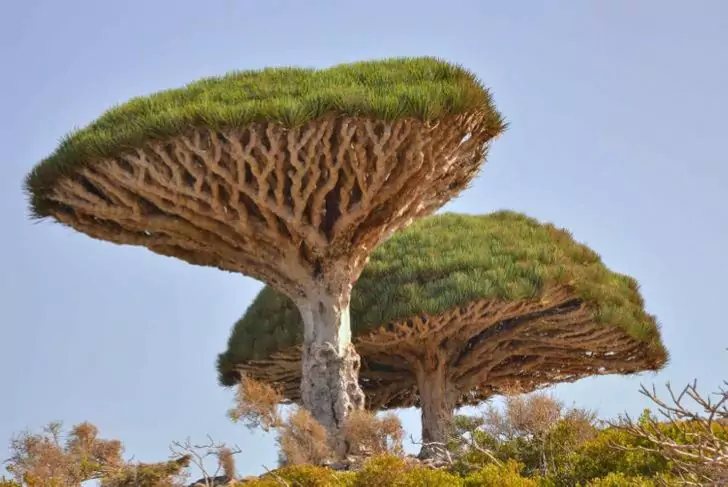10+ Extraordinary Plants You Won’t Believe Exist
Earth boasts a staggering variety of plant species, with nearly 422,000 identified by the International Union for Conservation of Nature, one of the world’s premier environmental organizations. This biodiversity results in the rich tapestry of colors, shapes, and sizes that grace our planet. However, among this incredible array, there are plants so peculiar and otherworldly that they could easily be mistaken for extraterrestrial specimens. In this compilation, we’ll introduce you to some of the strangest and most unique flowers that call Earth home.
1. Hydnora africana: The Beetle Trap
Endemic to Southern Africa
Hydnora africana is an enigmatic plant, primarily concealed beneath the earth’s surface, with only its fleshy flower emerging. What sets it apart is its unpleasant odor, which it uses to lure natural pollinators, particularly beetles. Once the beetles land on this intriguing plant, they find themselves briefly ensnared within its flowers, effectively acting as a transport mechanism for pollen, facilitating its species’ reproduction.
2. Drosera capensis: The Cape Sundew
Native to South Africa
Known as the Cape sundew, Drosera capensis is a carnivorous plant with sticky mucilage exuding from its hair-like structures. This viscous secretion serves to attract its prey, predominantly flies that become its nourishment. Capensis‘ unique feature is its remarkable ability to fold in on itself to capture unsuspecting insects.
3. Lithops: The Living Stones
Native to Southern Africa
Lithops, often referred to as “pebble plants” or “living stones,” might seem like ordinary rocks at first glance. However, these succulent plants are remarkable for their evolved camouflage, blending seamlessly with their arid surroundings. Each species exhibits diverse colors and produces flowers nestled between their leaves.
4. Rafflesia arnoldii: The Giant Flower
Found in Indonesian Rainforests
Rafflesia arnoldii, an inhabitant of Indonesian rainforests, boasts the title of the world’s largest flower. With blooms nearly a meter in diameter and weighing up to 11 kilos, it’s truly a botanical giant. Yet, this beauty emits a putrid odor to attract pollinating flies and leads a parasitic existence, drawing sustenance from the roots of trees.
5. Dracunculus vulgaris: The Dragon Lily
Endemic to the Balkans
With a large purple spathe, towering stem, and both male and female flowers, the dragon lily, or Dracunculus vulgaris, thrives in the Balkan region. It can withstand temperatures as low as 18°C and emits an odor reminiscent of rotting flesh to entice its pollinators.
6. Strongylodon macrobotrys: The Jade Vine
Indigenous to Philippine Rainforests
The jade vine, originating in Philippine rainforests, is recognizable by its claw-like, pale green leaves. Interestingly, bats are its natural pollinators, and it shares a botanical kinship with beans, like kidney beans.
7. Dracaena cinnabari: The Socotra Dragon Tree
Native to Yemen’s Socotra Archipelago
Endemic to Yemen’s Socotra Archipelago, the Socotra dragon tree is a peculiar species with outward-spreading branches forming a semi-spherical crown. Its berries resemble small fruits, often consumed by birds, and ooze a red resin known as “dragon’s blood,” valued historically for dye and medicinal uses.
8. Tacca chantrieri: The Black Bat Flower
Endemic to Southeast Asia
Named for its dark bracts resembling bat wings, the black bat flower, or Tacca chantrieri, stands out. Additionally referred to as “cat whiskers,” this exotic plant is found in the wilderness of Southeast Asia, notably Malaysia, Thailand, and southern China.

